The Mangrove Grandparents of El Delgadito – Hakai Magazine

For over a decade, Ana María and David have led their community to restore Mexico’s desert mangroves with dedication, experimentation, and plenty of heart..
West Papua, Indonesia from the Air – Planet Labs PBC
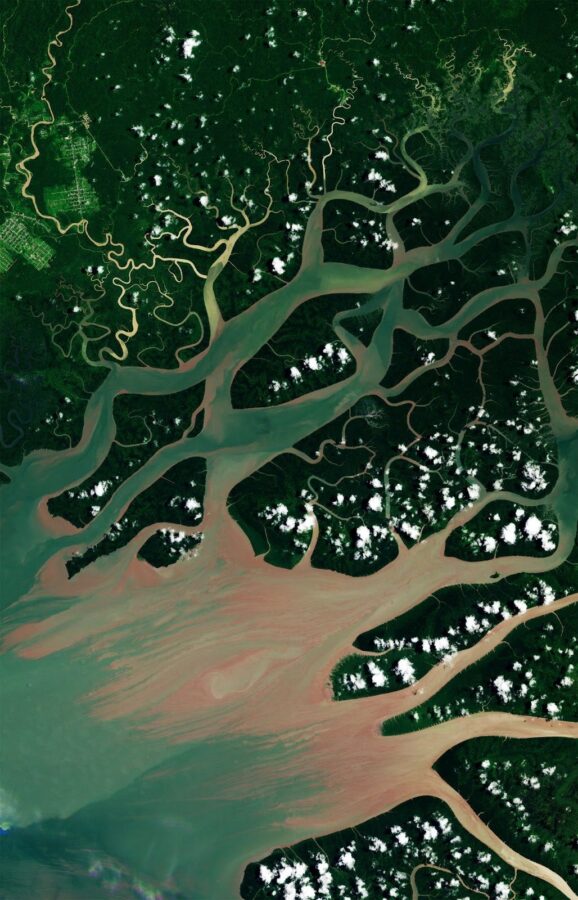
If every image tells a story, high resolution satellite imagery of the earth is the ultimate treasure trove where natural processes is the artist creating works of transcendent beauty that are at once abstract and realistic.
We studied more than 1,500 coastal ecosystems – they will drown if we let the world warm above 2℃ – the Conversation
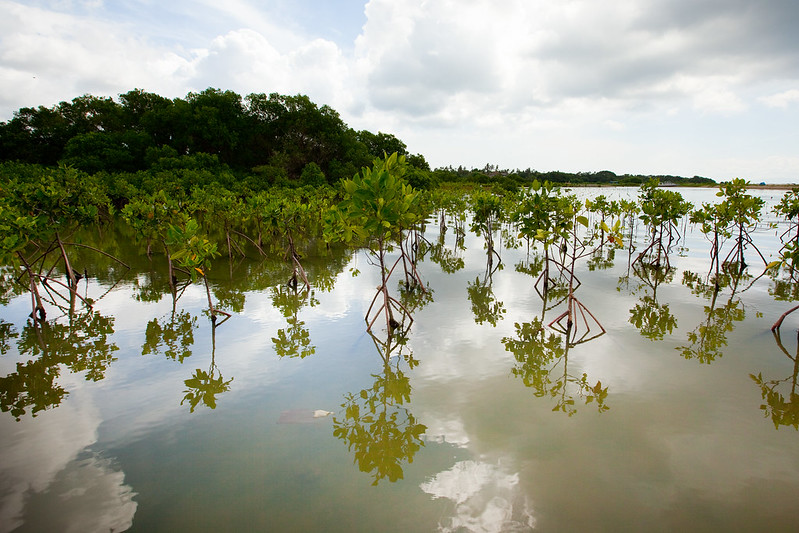
Much of the world’s natural coastline is protected by living habitats, most notably mangroves in warmer waters and tidal marshes closer to the poles. These ecosystems support fisheries and wildlife, absorb the impact of crashing waves and clean up pollutants. But these vital services are threatened by global warming and rising sea levels…
Mangroves: “Superhero” Ecosystems – Frontiers for Young Minds
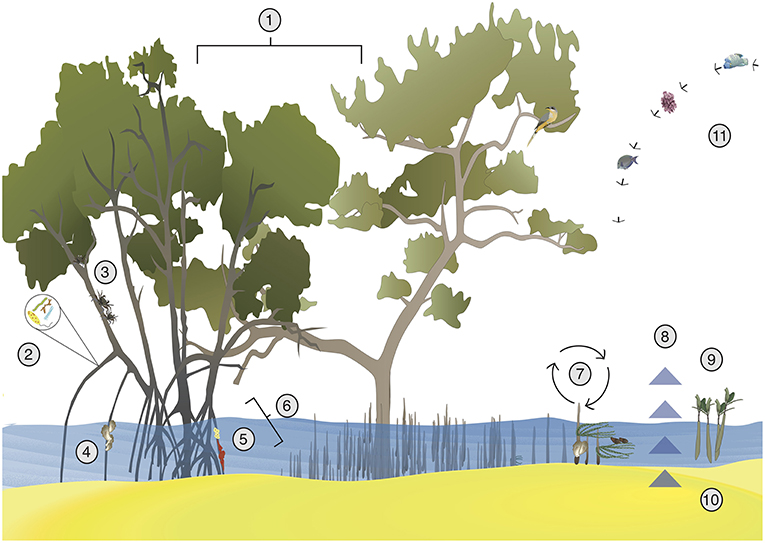
Because mangroves live along the land-ocean boundary, they are unique plants that provide several benefits to nature and humans. For example, mangroves provide refuge and food for organisms, hurricane protection, and water filtration; mangroves also promote the release of oxygen into the atmosphere and the uptake and trapping of carbon dioxide, which helps to fight against climate change. To understand mangrove ecosystems, it is important to consider the role of the microorganisms that live there…
Many mangrove restorations fail. Is there a better way? – knowable MAGAZINE
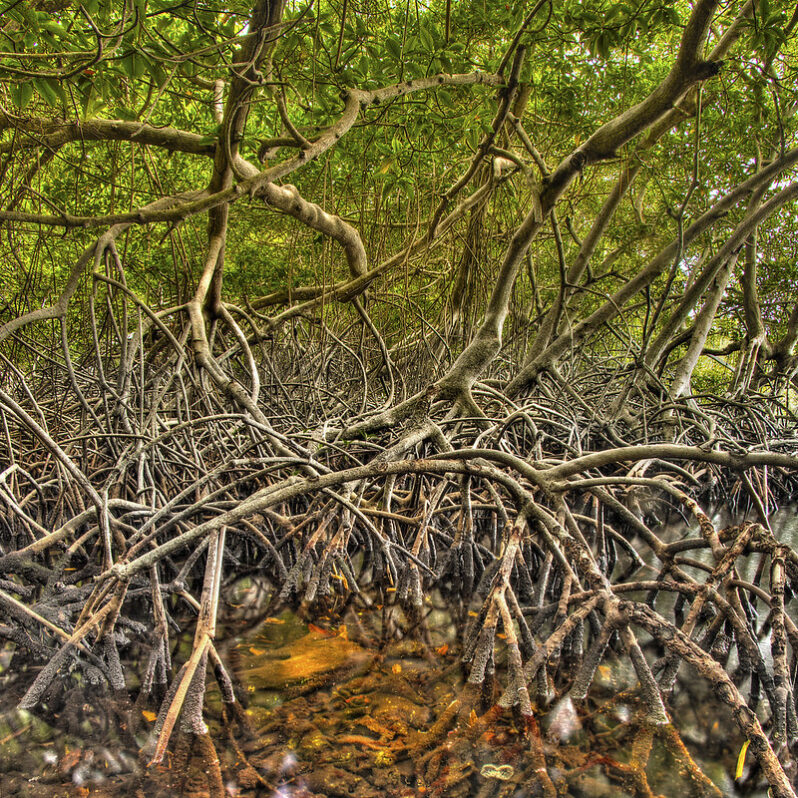
In the aftermath of the (Indian Ocean) tsunami (of 2004), some scientists reported that settlements behind swampy, shoreline mangrove forests often suffered less damage, and fewer casualties…
Many took the lesson to heart: Mangroves had to return.
Lampung mangroves could be extinct in 5 years
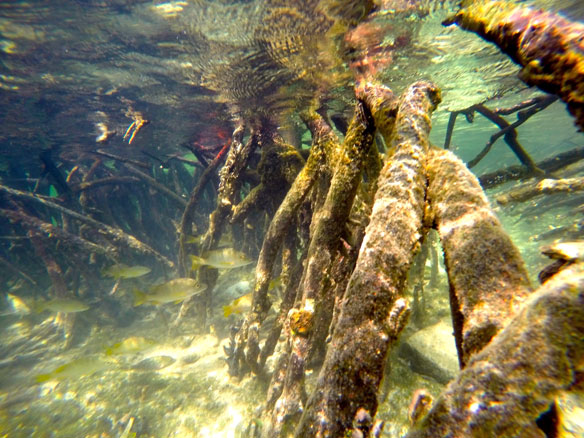
70 percent of mangrove forests in Lampung Province, Southern Sumatra, are currently in damaged condition.
